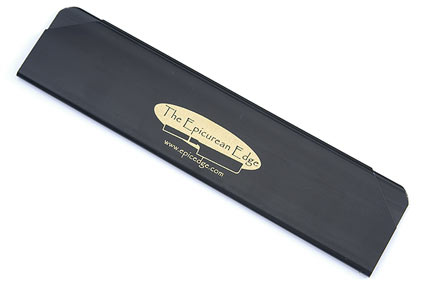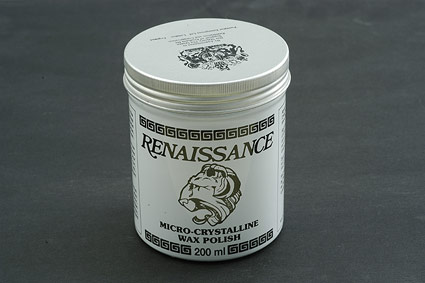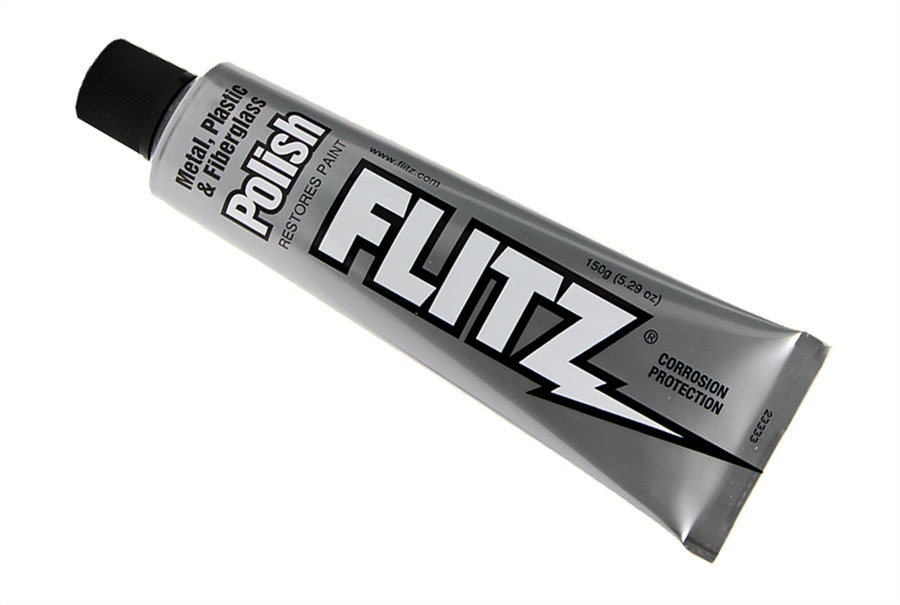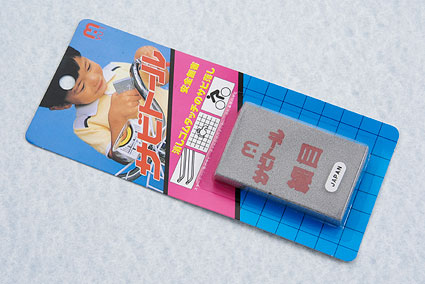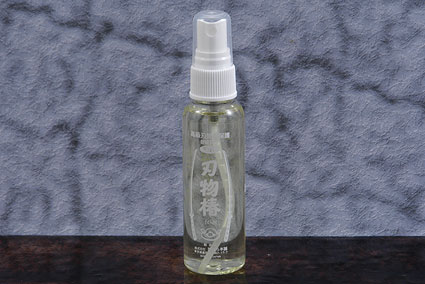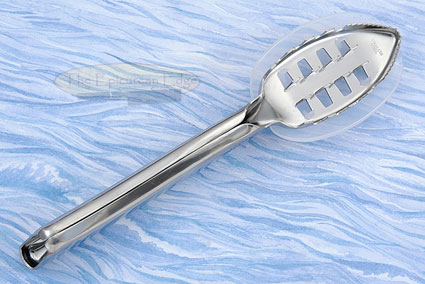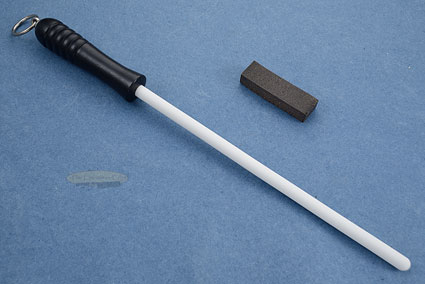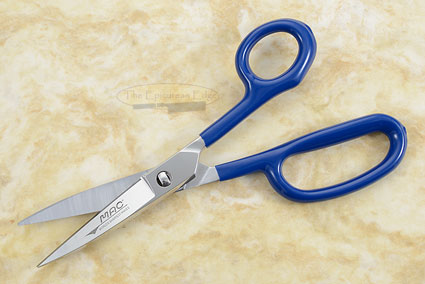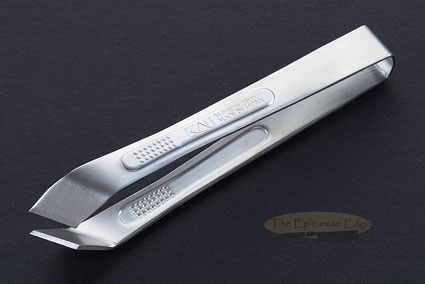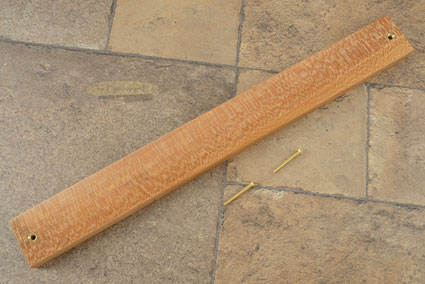Finding the Right Knife for the Task
With all the knife styles out there, from utility knives to chef's knives, let alone santoku and yanigiba, it can be daunting to find the right knife for a task.
Knives are made differently for different functions. You could slice a roast with a paring knife, but it will be much easier and you'll do a better job if you use the right knife (a slicing or carving knife). With three multi-purpose knives, you can perform almost every cutting job, while other knives have more specialized uses.
The Chef's Knife
The chef's knife will have a blade ranging from 6 to 10 inches long (with the most popular being 8"). Generally the blade will be at least 1 1/2" tall and should gently taper to the point. French and Japanese chef's knives will have thinner, longer blades to reduce friction between the knife and food being cut, while German-style chef's knives will be wider across the blade for better chopping. The chef's knife often seems too large to novices, but with some practice it becomes the knife of choice because it is efficient across a wide range of tasks. Use this knife to chop, slice and mince; the side of the blade can be used for crushing garlic. The chef knife is best used in a rocking motion for chopping.
A great chef's knife to consider in this genre is the Santoku. The santoku is the general purpose knife of Japan. Generally, santoku will measure between 6 and 7 inches in length and just shy of 2 inches in height. This comfortable design is a fantastic multipurpose chopper. The santoku has quickly become the new favorite for chefs in the West.
Another style of chef's knife used in Japan is the Gyuto. Gyuto hocho, modeled after the French pattern chef's knife, are a great general purpose chef's knife for tasks around the kitchen. The taller blade provides finger clearance while chopping over a cutting board and makes it very useful and versatile from slicing to chopping. Generally Gyuto will range from 7 1/4 to 12 1/2 inches long. The most common size is 8 1/4 inches or 210 mm.
The Paring Knife
The paring knife has a blade of between 2 1/2" to 4 inches and is only about 3/4" wide at its widest point. It can be used to peel vegetables and fruit, take the eyes out of potatoes, trim meats, and cut pastry dough - any job that requires some delicate cutting work. The Japanese paring knife is called a petty knife.
The Serrated Knife
The long serrated knife is often called a bread knife because it is required for slicing breads that require a back and forth sawing motion. Beyond breads, serrated knives are good for tomatoes and peaches and other fruits that have a skin that can bruise easily. However, if straight edged knives (such as the paring knife) are kept very sharp, they will be able to do slice tomatoes and other fruits more efficiently than a serrated knife. Though many people think that serrated knives cannot be sharpened, this is not true. A good sharpening service will be able to sharpen serrated knives without difficulty.
Other Knife Types
Beyond the three most popular knives, you may have a need for one of these:
Utility: These are smaller than a chef knife and larger than a paring knife, usually with a 5 to 6 inch blade. Utility knives, as the name implies, are used for many jobs involving precision slicing. Because utility knives are narrower than a chef's knife to reduce friction between the knife and food being cut, there is not sufficient clearance over a cutting board to make a utility knife a good choice for chopping. Sometimes it is called a sandwich knife, although now, most makers have an offset knife pattern that is more suitable as a sandwich knife. Shorter (5 inch) utility knives are called fruit knives in Japan. Utility knives measuring 6 - 7 inches are called petit gyuto.
Boning and Fillet: The boning knife is used to cut meat off of bones, hence the name. The blades are generally between 5 - 7 inches long and are usually quite narrow to avoid forming a suction between the knife and meet being cut. They are available in straight, curved, stiff or flexible. Generally, stiff boning knives are better suited to boning red meats, whereas flexible boning knives may be used to fillet fish. In Japan, a triangular boning knife called a honesuki is used for boning chicken and red meats. It also makes an amazing general purpose utility knife! The shape provides finger clearance when working over a cutting board. A gentle rock to the blade makes it an optimal chopping knife. The thin, aggressive point makes it even capable of detail tasks where a paring knife would otherwise be used. A single bevel boning knife called a mioroshi is particularly good for boning smaller fish and chicken. By using a single bevel edge, the mioroshi assures a cleaner cut.
Slicing: This is a long, thin knife measuring between 8 and 14 inches that is used for slicing roasts, hams, and turkeys. These will often have a granton edge to reduce friction between the knife and the meat being sliced. These long, slender, razor sharp knives are called sujihiki in Japan. They are well suited for slicing steaks due to the extra long blade. Extremely sharp and are also well suited for preparing sushi and sashimi.
Meat Cleaver: These are used to do heavy chopping and cutting of meats and for cutting through bone. They will either have a straight or slightly curved edge. Much higher in performance, though somewhat more fragile, are the Japanese boggy knife (generally measuring between 4 and 5 inches) and gyuto deba (generally measuring between 8 1/4 (210mm) and 9 1/2 inches (240mm). Both of these knives have a heavy knives are best suited to heavy tasks that would likely damage a thinner knife. The single bevel deba is also a good choice for slightly heavier tasks. Though the deba is a thick knife, it is also a precision knife and so the edge must be treated with care. The single bevel assures a sharper, more accurate edge than would be possible with double bevel knives.
Vegetable Cleaver: These knives have a rectangular profile like meat cleavers but are lighter because they are used for chopping vegetables rather than meat. Vegetable cleavers are precision tools and should never be used near bones. Vegetable cleavers may be either single beveled (called an usuba) or double beveled (called a nakiri). The single beveled usuba is able to do precision, thin slicing, but remember that single bevel knives take practice to learn to use correctly. The nakiri is generally fairly easy and fun for Western chefs to use.
Cheese: These are thin knives designed for slicing cheese and other foods that will have a tendency to form a suction to the side of the knife being used.
Steak: The steak knife is a dining knife used at a table setting when meats are served. However, it can double in the kitchen as a paring or utility knife. Steak knives will generally come in sets of either 4 or 6 knives.
Sashimi Hocho: These long, thin knives are used for slicing the raw fish (Sashimi) traditionally served by the Japanese and are also suitable for fine slicing of other meats. Traditional Japanese chef's knives differ from European styled knives in that they are sharpened with a bevel on only one side. The opposite side is slightly hollowed. Consequently, these knives can be honed to a sharper edge than can double bevel knives.



